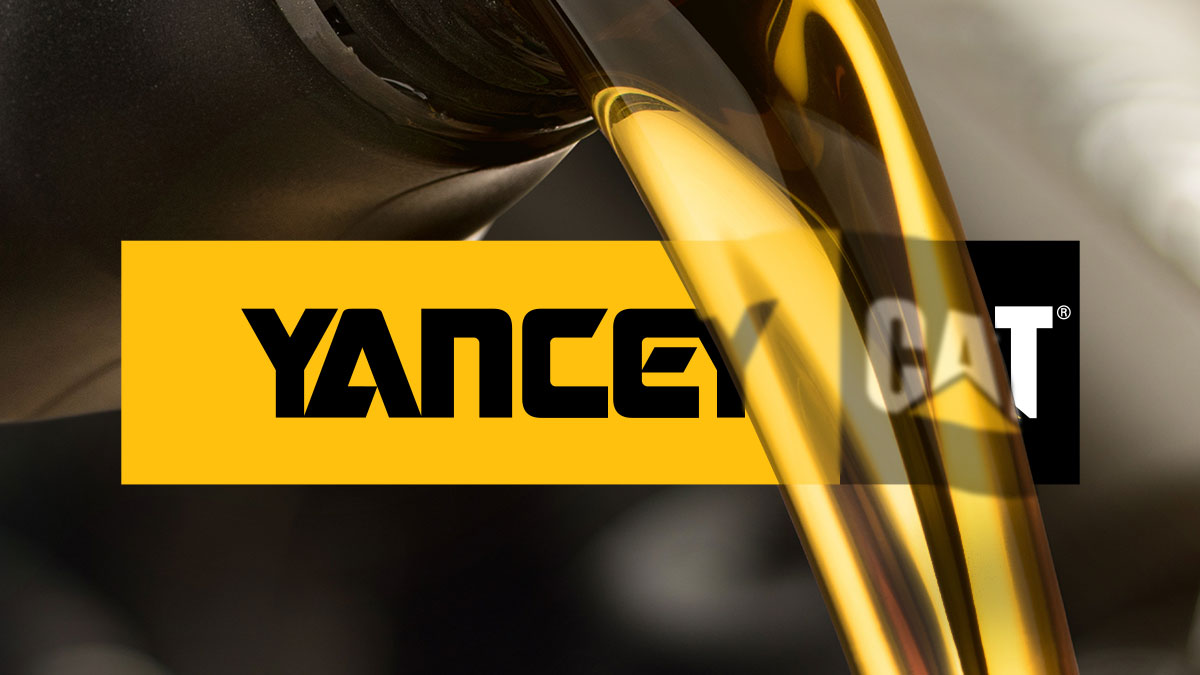Automatic Particle Counting is Better (i.e Faster) for Business
The three main objectives for lubricants testing are accuracy of test results, rapid turn-around time, and cost control. Robert Broaddus, Lab Manager at the nation’s first Caterpillar dealer – Yancey™ Bros – knows this all too well.
Up until now, automatic particle counting (APC) technology has not kept pace especially in terms of automation and all the instruments required by a technician to prep sample, load, and watch it run on every single sample-a labor-intensive process. Those methods are impractical and can’t provide a high throughput in a rapid, high-productivity oil analysis lab.
PerkinElmer has an integrated solution for particle counting and elemental analysis of in-service lubricants that can be performed in a single run.
The LPC 500™ Liquid Particle Counter is a single particle optical sizing (SPOS) platform designed to count and size particles with high resolution. Two components, an optical sensor and a multi-channel pulse analyzer, comprise the system.
Case Study:
As the nation’s first Caterpillar dealer, Yancey Bros has had to adapt throughout the decades, and Lab Manager Robert Broaddus has been instrumental in helping the business acquire new technologies to help their customers succeed.
Recently, Yancey Bros upgraded their systems and have an Optima® 7300 ICP-OES hyphenated to a new LPC-500 system. He also has a PerkinElmer Clarus® GC for fuel dilution analysis. They most recently purchased the OilExpress4 with sample dilution capability. The system dilutes samples for ICP and Particle Count when it’s not performing infrared analysis. This extensive array of PerkinElmer instruments has been key to keeping up with industry standards, regulations, and improved quality monitoring.
Learn more: Read the Case Study about how Yancey Bros improved their accuracy, production, and reliability.

